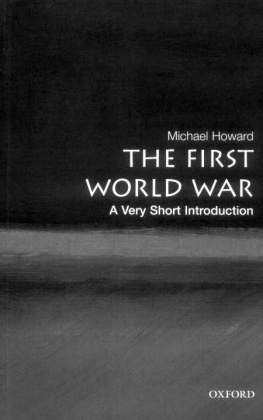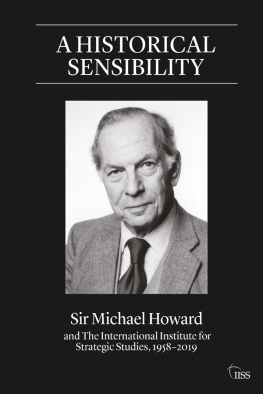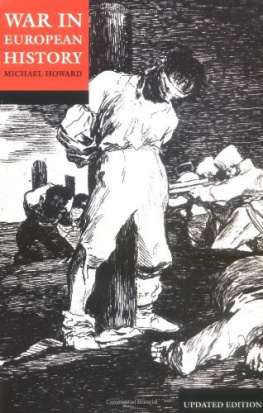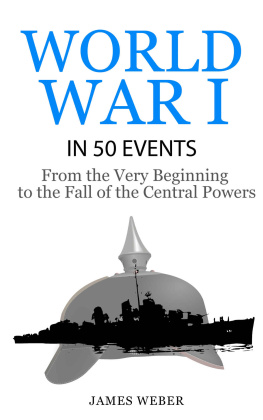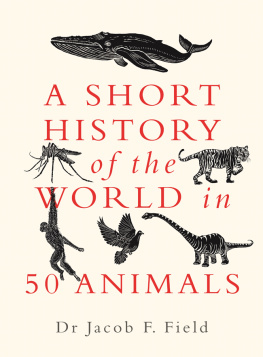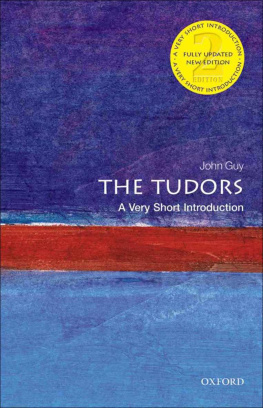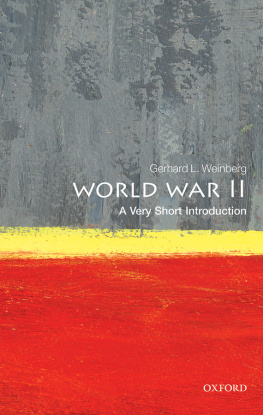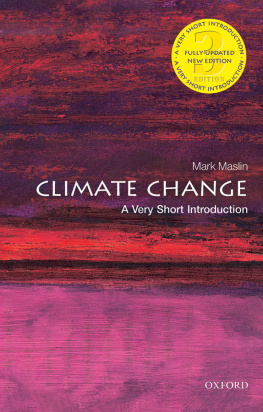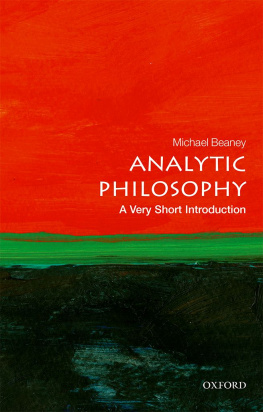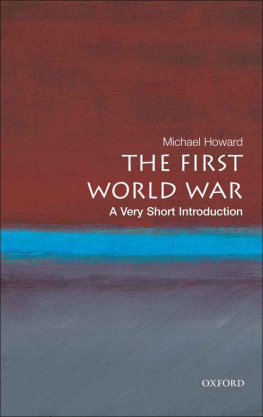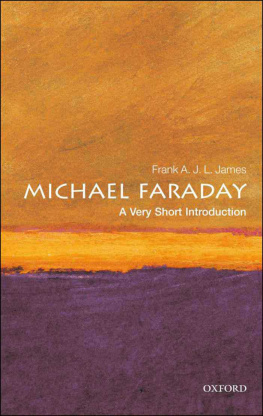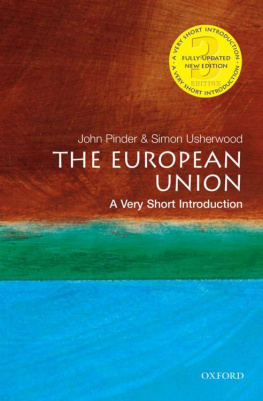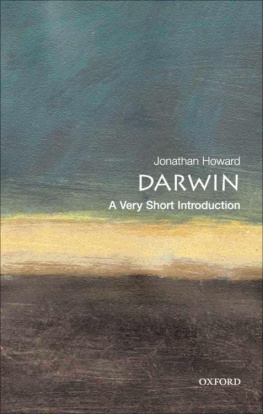
The First World War: A Very Short Introduction
VERY SHORT INTRODUCTIONS are for anyone wanting a stimulating and accessible way in to a new subject. They are written by experts, and have been published in more than 25 languages worldwide.
The series began in 1995. and now represents a wide variety of topics in history, philosophy, religion, science, and the humanities. Over the next few years it will grow to a library of around 200 volumes - a Very Short Introduction to everything from ancient Egypt and Indian philosophy to conceptual art and cosmology.
Very Short Introductions available now:







For more information visit our web site

Available soon:
Michael Howard
THE FIRST
WORLD WAR
A Very Short Introduction





Contents
ix
xi
1 1
List of illustrations
1 Kaiser Wilhelm II: the incarnation of `Prussian militarism' 8 c Ullsteinhild
2 Belgian refugees: the first fruits of the German invasion 25 M. Rol
3 Germany's self-image during the war 38
4 The image of Germany in Allied propaganda 39 Cartoon by Bernard Partridge, 26 August 1914. Punch Ltd.
5 German troops burning a village on the Eastern Front 50 c Robert Hunt Libras
6 Marshal Joffre with his British junior partners, Field Marshal SirJohn French and General Sir Douglas Haig 54 ,c Roger-Viollet
7 Women workers in a munitions factory 59 The Filling h'aetoi y, 1916, by Charles Ginner. National Gallen of Canada, Ottawa. Transfer from the Canadian War Memorials, 1921
8 Hindenburg and Ludendorff: masters of wartime Germany 71 ici Ullsteinhild
9 President Wilson: Prophet of Peace 77 c Suddeutscher Verlag Bilderdienst
10 The Western Front: the battlefield of Passchendaele 89 Imperial War Museum, neg. no. Q10711
11 The pressure on the civilian population: food queue in Berlin, winter 1917 98 ,c) Suddeutscher Verlag Bilderdienst
12 Marshal Foch and General Pershing: the New World to the rescue of the old 104 National Archives/King Visual Technology, Inc.
While every effort has been made to secure permissions, we may have failed in a few cases to trace the copyright holder. We apologize for any apparent negligence.
Maps
1 Europe before the war xii
2 Europe after the war xiv
3 The Western Front xvi
4 The Eastern Front xvii
5 The Balkans xviii
6 Northern Italy xix
7 The Ottoman Empire xx

1. Europe before the war


2. Europe after the war


3. The Western Front

4. The Eastern Front

5. The Balkans

6. Northern Italy

7. The Ottoman Empire

Chapter 1
Europe in 1914
Since the Great War of 1914-18 was fought on all the oceans of the world and ultimately involved belligerents from every continent, it can justifiably be termed a'world war'. But it was certainly not the first. European powers had been fighting each other all over the globe for the previous 300 years. Those who fought in it called it simply `the Great War'. Like all its predecessors, it began as a purely European conflict, arising out of the conflicting ambitions and mutual fears of the European powers. That its course should have been so terrible, and its consequences so catastrophic, was the result not so much of its global scale as of a combination of military technology and the culture of the peoples who fought it. Karl von Clausewitz had written in the aftermath of the Napoleonic Wars that war was a trinity composed of the policy of the government, the activities of the military, and `the passions of the peoples'. Each of these must be taken into account if we are to understand both why the war happened and why it took the course that it did.
The European Powers in 1914
With a few marginal changes, the `Great Powers' of Europe (as they were still called) were much the same as they had been for the previous two centuries, but the balance between them had changed radically. The most powerful of all was now the German Empire, created by the Kingdom of Prussia as a result of its victorious wars of 1866 against the Austrian Empire and 1870 against France. France had been reduced by her defeat to second-rank status and resented it. The polyglot lands of the Austrian Empire had been reorganized since 1867 as the Dual Monarchy of Austria-Hungary, and accepted subordinate status as an ally of Germany. Although Hungary was a quasi-autonomous state, the Monarchy was often referred to simply as`Austria' and its peoples as`Austrians', much as the United Kingdom was commonly known abroad as`England' and its people `English'. Flanking these continental powers were two empires only partially European in their interests: the huge semi-Asiatic Russian Empire, a major if intermittent player in south-east Europe; and Britain, whose main concern was to maintain a balance of power on the Continent while she expanded and consolidated her possessions overseas. Spain, the last vestiges of whose overseas empire (apart from a coastal fringe of North Africa) had been lost to the United States at the beginning of the century, had dwindled to third rank. Her place in the cast had been taken by an Italy whose unification under the House of Savoy between 1860 and 1871 had been more apparent than real, but whose nuisance value alone won her the wary respect of the other powers.
Next page
